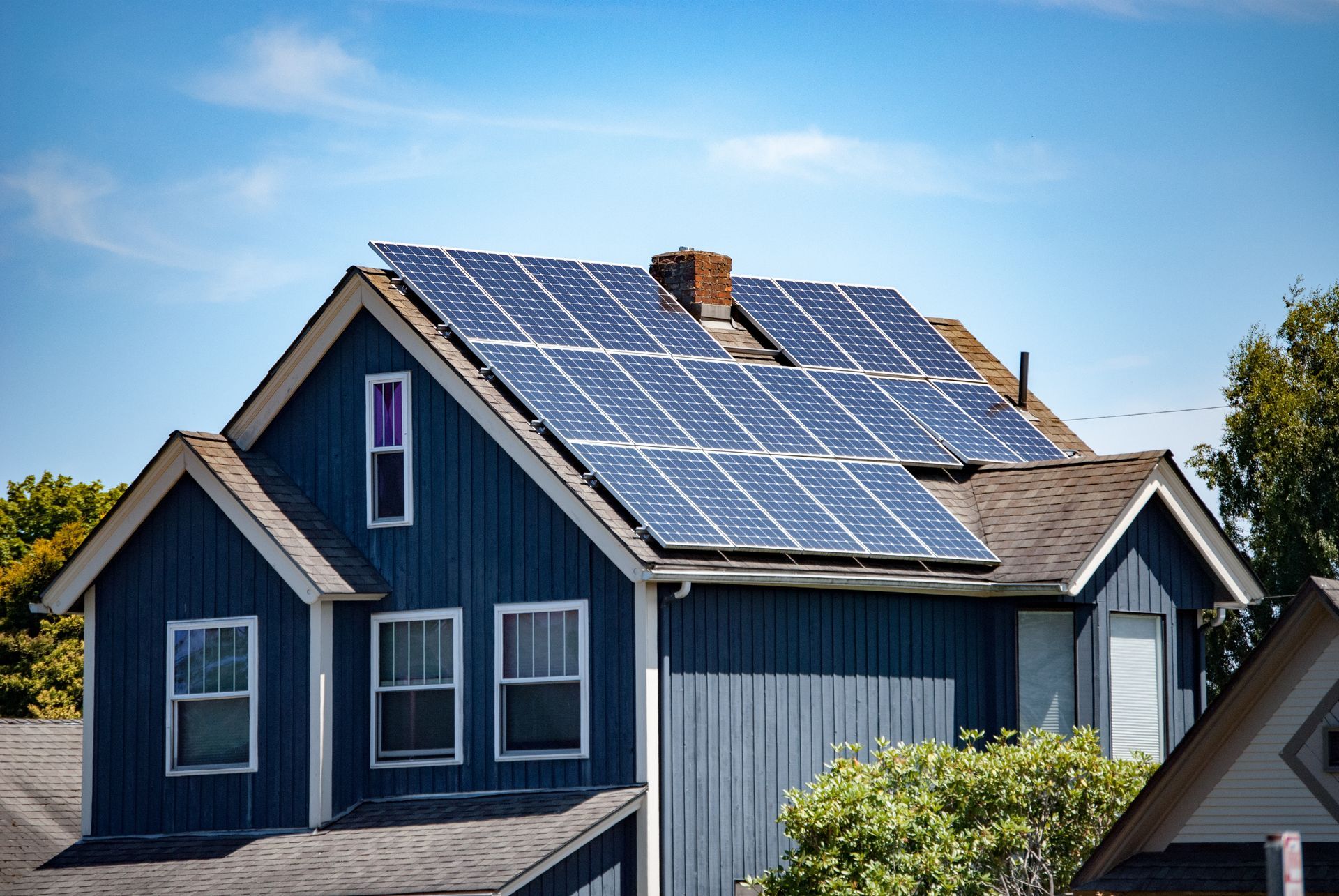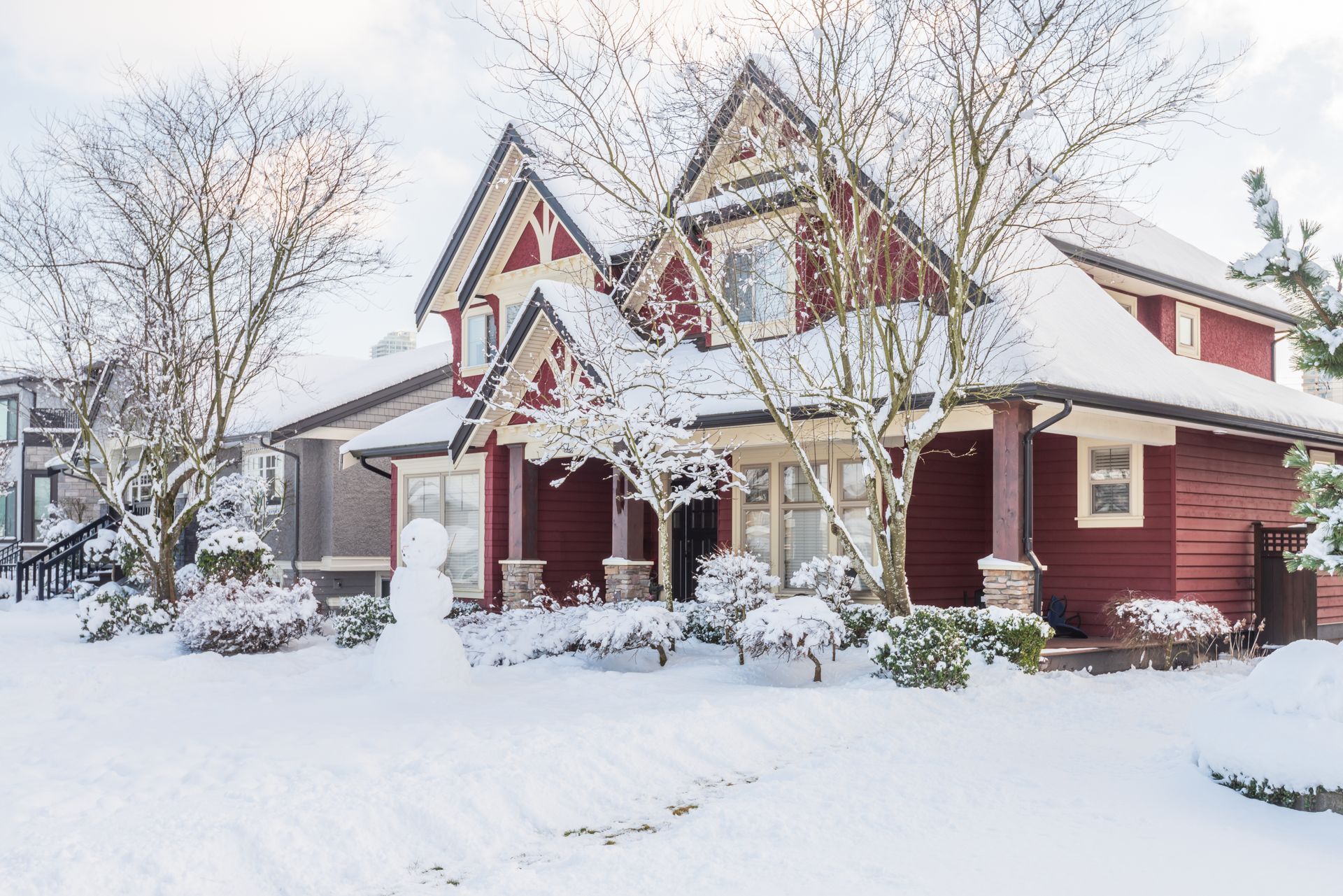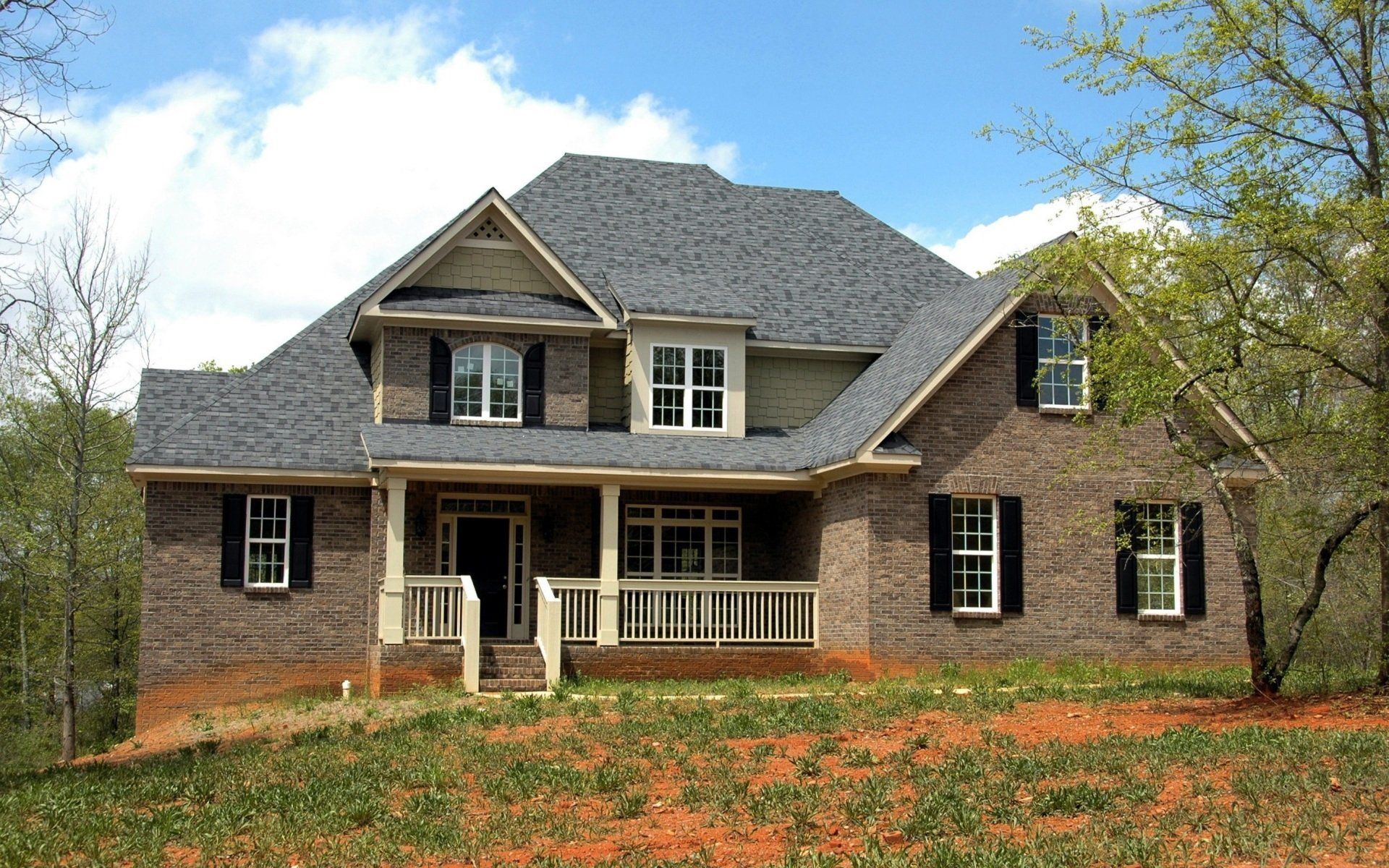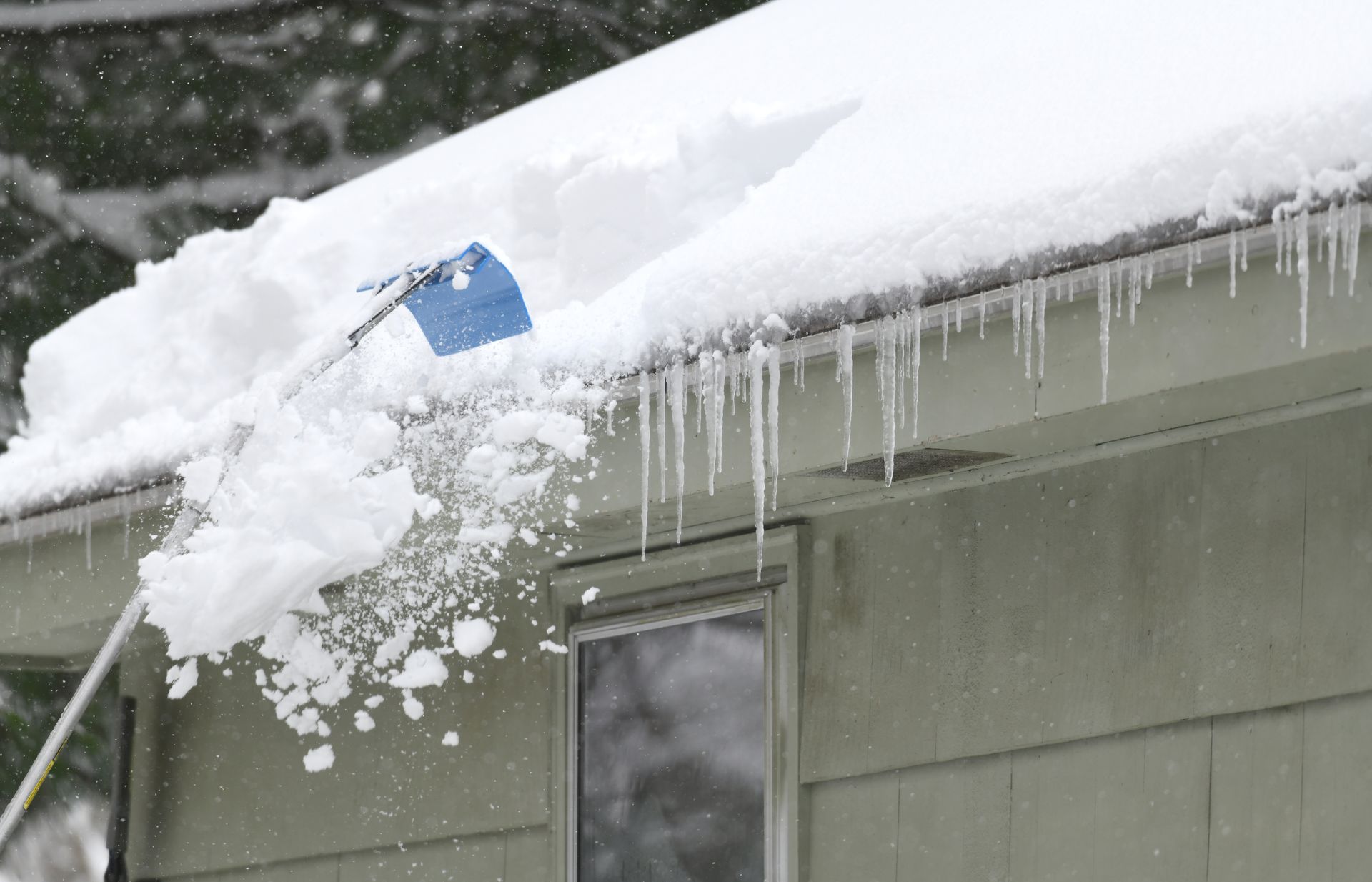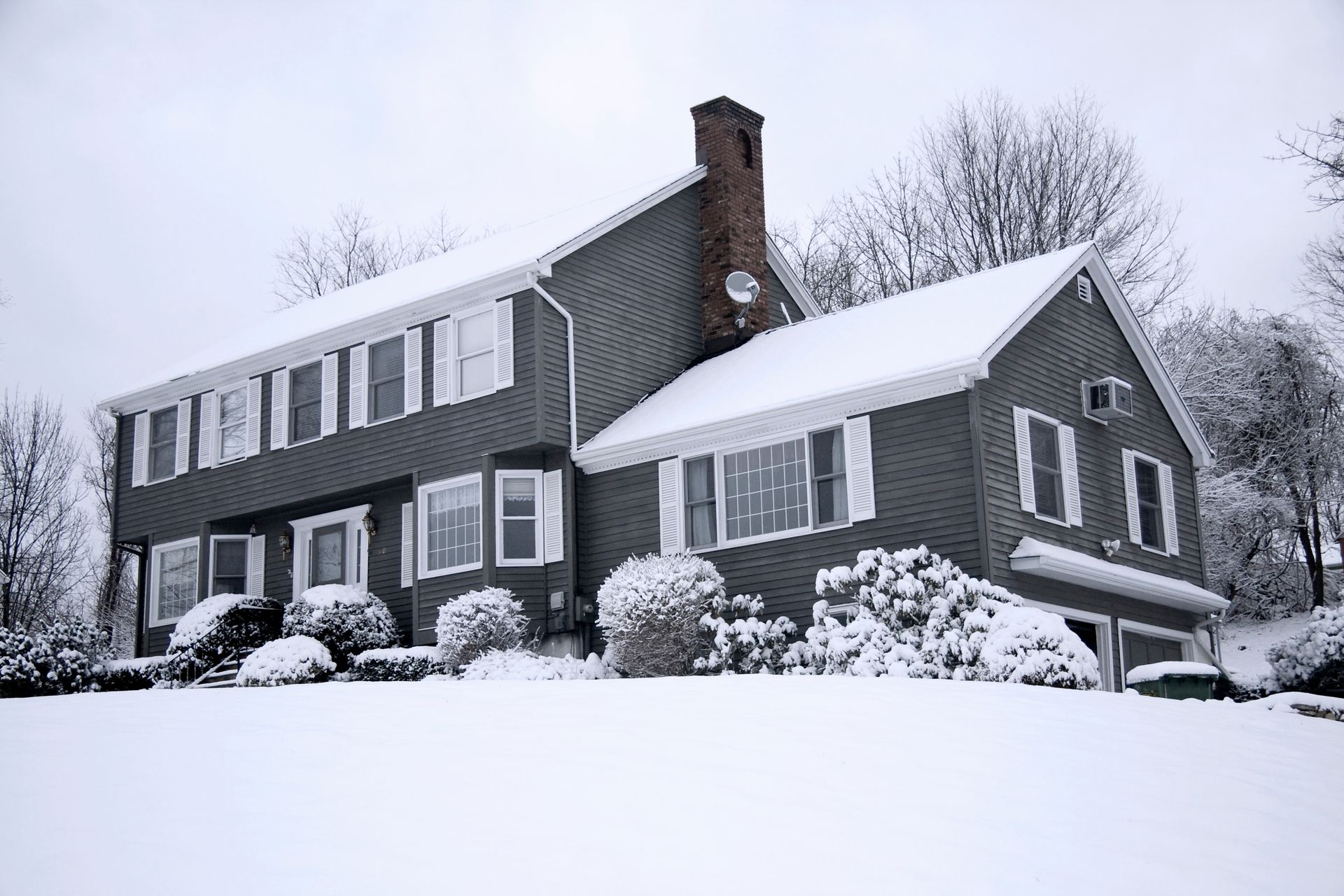Signs You Need a New Roof: When to Consider Replacement
Your roof is one of the most critical components of your home's structure, providing protection from the elements and ensuring the safety of your loved ones and belongings. However, over time, wear and tear can take a toll on your roof, compromising its integrity and functionality. Recognizing the signs that indicate the need for a new roof is essential to prevent further damage and costly repairs. In this article, we will explore the key signs that indicate it's time to consider a roof replacement.
Age of the Roof:
One of the primary indicators that your roof may need replacing is its age. Most roofing materials have a limited lifespan, and as they age, they become more susceptible to damage. Asphalt shingles, one of the most common roofing materials, have an average lifespan of 20 to 25 years. However, factors such as climate, installation quality, and maintenance can influence the actual lifespan of your roof. If your roof is reaching the end of its expected lifespan, it's important to consider replacement, regardless of its current condition.
Even if your roof appears to be in good shape, it may have underlying issues that aren't immediately visible. Over time, exposure to sunlight, rain, wind, and other weather elements can cause gradual deterioration. This can weaken the shingles, compromising their ability to protect your home from water infiltration.
Additionally, as your roof ages, it becomes more vulnerable to damage from storms, high winds, and other external factors. What might have been a minor issue on a newer roof can escalate into a more significant problem on an aging one. By proactively replacing your roof when it reaches its expected lifespan, you can prevent potential leaks, water damage, and costly repairs down the line.
Regular roof inspections by a professional roofing contractor are crucial, especially as your roof approaches the end of its lifespan. They can assess the overall condition of your roof, identify any signs of deterioration or damage, and provide recommendations for repair or replacement. Consulting with an expert ensures that you make an informed decision about the best course of action for your roof.
Visible Damage:
Inspect your roof regularly for visible signs of damage. Look for cracked, curled, or missing shingles, as these are indications of deterioration. Additionally, check for granule loss on asphalt shingles, as excessive granule loss can leave your roof vulnerable to leaks and further damage. If you notice significant damage or multiple areas of concern, it's a clear indication that a new roof may be necessary.
- Cracked or Curling Shingles: Inspect your roof for shingles that are cracked, curled, or showing signs of significant wear. Cracking can occur due to age, weather exposure, or improper installation. Curling shingles, whether they are cupped (edges turn upward) or clawed (middle portion lifts), are a sign of moisture damage or inadequate ventilation. These issues compromise the effectiveness of your roof's waterproofing capabilities.
- Missing Shingles: Take note of any areas where shingles are entirely missing or have fallen off. Missing shingles expose the underlying roof structure to the elements, increasing the risk of leaks and water damage. If you notice several missing shingles or frequent occurrences, it could be an indication that your roof is nearing the end of its lifespan.
- Granule Loss: Asphalt shingles have a layer of granules that protect the shingle from UV rays and provide fire resistance. Check your gutters, downspouts, and the ground around your home for excessive granule loss. If you notice a large accumulation of granules or bare spots on your shingles, it suggests that the protective layer is deteriorating. Granule loss can lead to accelerated aging and vulnerability to leaks.
- Damaged Flashing: Flashing is the metal or other material used to seal areas where the roof meets objects such as chimneys, vents, or skylights. Inspect the flashing for signs of damage, such as cracks, rust, or separation from the roof surface. Damaged flashing can allow water to penetrate beneath the shingles, causing leaks and potential structural damage.
- Water Stains or Mold: Inside your home, check for water stains on ceilings and walls. Discoloration or mold growth indicates a leak in your roof. Even if the visible signs of water damage are minimal, it's essential to address the underlying issue promptly to prevent further deterioration.
Remember, visible damage is a clear indication that your roof may require replacement. If you notice significant damage, multiple areas of concern, or a combination of these signs, it's crucial to consult with a professional roofing contractor. They can assess the extent of the damage and recommend the appropriate course of action, which may involve a new roof installation to ensure the long-term protection and integrity of your home.
Roof Leaks:
Water stains on your ceilings or walls are telltale signs of roof leaks. If you experience recurring leaks, despite attempts at repair, it's likely a sign that your roof has reached a point where a replacement is needed. Leaks can lead to more extensive water damage, mold growth, and structural issues if left unaddressed. Investing in a new roof will provide you with peace of mind and protect your home from further damage.
Sagging or Drooping Roof:
A sagging or drooping roof is a severe problem that requires immediate attention. It is usually an indication of a structural issue, such as weakened rafters or damage to the roof deck. A sagging roof can compromise the overall stability of your home and poses significant safety risks. If you notice any noticeable dips or sags in your roofline, it's crucial to consult with a professional roofing contractor to assess the extent of the damage and determine if a replacement is necessary.
Increased Energy Bills:
A deteriorating roof can lead to poor insulation and ventilation, causing your heating and cooling systems to work harder and increasing your energy bills. If you notice a significant and unexplained rise in your energy costs, it could be a sign that your roof is no longer effectively insulating your home. By investing in a new roof with improved energy efficiency features, you can lower your energy consumption and save money in the long run.
It Might Be Time to Replace Your Roof:
Being able to identify the signs that indicate the need for a new roof is crucial for the overall well-being of your home. If you notice any of the signs discussed in this article, it's essential to consult with a reputable roofing professional. They can thoroughly assess the condition of your roof and provide expert advice on whether a replacement is necessary. Remember, a new roof is not only a wise investment in the protection of your home but also offers peace of mind and enhances its overall value.
When it comes to replacing your roof in Western Mass, hiring a professional roofing contractor is undoubtedly the best choice you can make. NRB Roof Pros understands the unique needs and challenges of the local climate, ensuring that they use the most suitable materials and techniques for your specific roofing project. Whether it's a residential or commercial roof replacement, RoofPros brings expertise, attention to detail, and a focus on long-lasting results. They prioritize open communication, transparent pricing, and timely completion of projects, ensuring a stress-free experience for their clients. With NRB Roof Pros, you can have peace of mind knowing that your new roof will not only enhance the aesthetics and value of your property but also provide optimal protection and durability for years to come.
